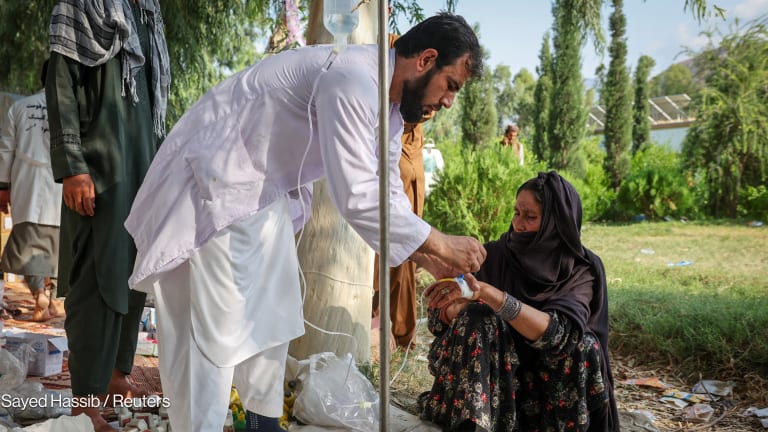USAID’s efforts during the chaotic evacuation of international development personnel from Afghanistan in 2021 were hamstrung by unclear roles, inadequate planning, insufficient staff, information gaps, and communication delays, according to a new report from the agency’s independent watchdog.
When the Afghan government suddenly collapsed and the Taliban took control of Kabul on Aug. 15, 2021, the United States government “confronted a task of unprecedented scale and complexity to help coordinate and execute a massive evacuation from a chaotic and dangerous environment through the Hamid Karzai International Airport in Kabul,” read the report from USAID’s Office of the Inspector General.
But as the agency scrambled to assist its implementing partners in navigating the logistical and bureaucratic hurdles to evacuate their staff — including Afghans vulnerable to Taliban persecution due to their association with the U.S. — it found itself without a playbook or clear answers about its authority, the watchdog found.
This story is forDevex Promembers
Unlock this story now with a 15-day free trial of Devex Pro.
With a Devex Pro subscription you'll get access to deeper analysis and exclusive insights from our reporters and analysts.
Start my free trialRequest a group subscription







